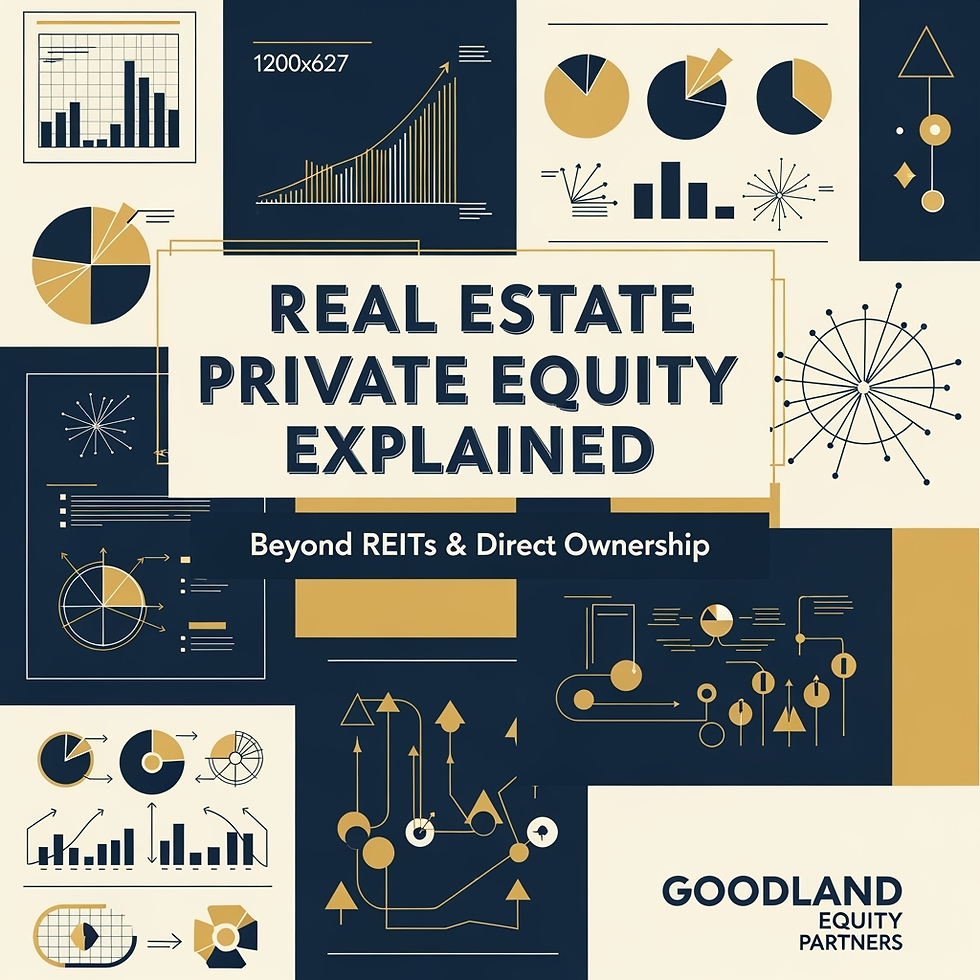Risk Management - Why Multiple Parcels Are Better Than One
- joshua93969
- Sep 8
- 1 min read

After deploying over $300M across 70+ projects, I've learned that the biggest risk isn't market timing or construction costs. It's concentration risk – putting all your eggs in one development basket.
That's why smart developers combine multiple land parcels into single investment offerings. This isn't just about scale – it's about intelligent risk distribution.
Here's what most investors don't consider: every development faces unique challenges. Soil conditions vary. Municipal approval timelines differ. Market absorption rates fluctuate by location, even within the same municipality.
With a single-parcel development, these variables can make or break your returns. One unexpected geotechnical issue, one delayed permit, one shift in local market dynamics – and your entire investment timeline shifts.
But when you spread development across multiple approved parcels, you create natural hedging. If one parcel encounters delays, construction and sales can accelerate on the other. If market absorption slows in one area, you can adjust phasing to capitalize on stronger demand elsewhere.
The mathematics are compelling: multiple parcels don't just multiply your opportunities – they exponentially reduce your single-point-of-failure risk.
Experienced developers understand this principle when they secure multiple parcels and navigate them through the entitlement process. With draft plan approvals across different sites, they can sequence development to optimize market conditions and construction efficiency.
This is institutional-level risk management applied to private equity real estate. The same diversification principles that pension funds use to protect billions in assets, scaled for accredited investor participation.
Risk management isn't about avoiding opportunity – it's about structuring opportunity to survive unexpected challenges while maximizing upside potential.



Comments